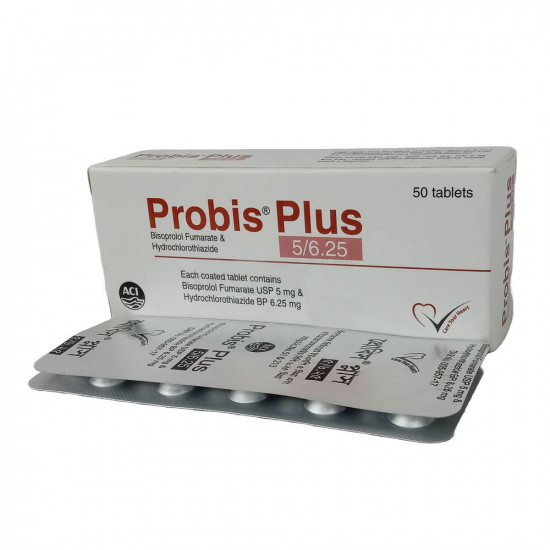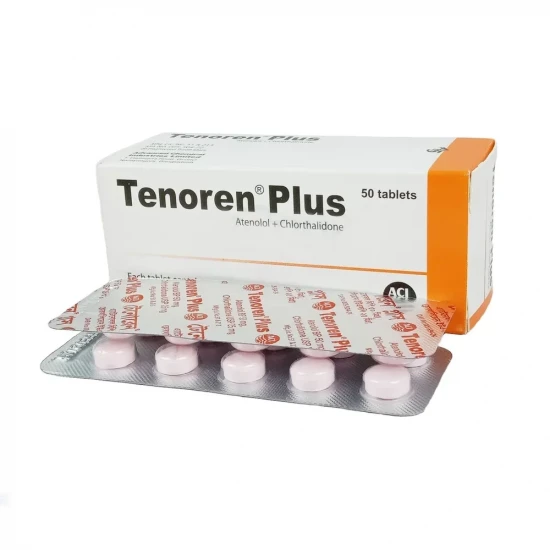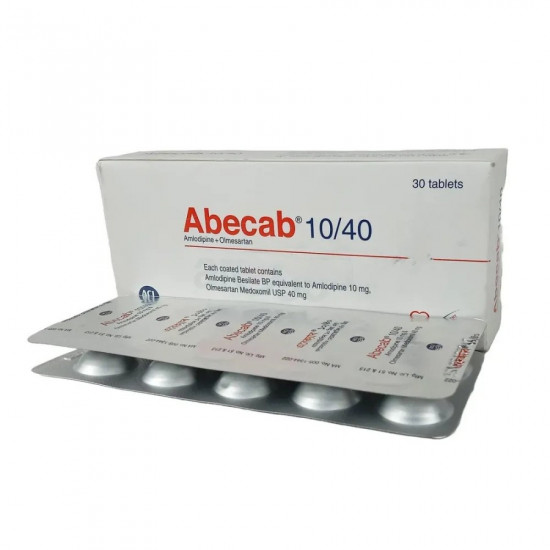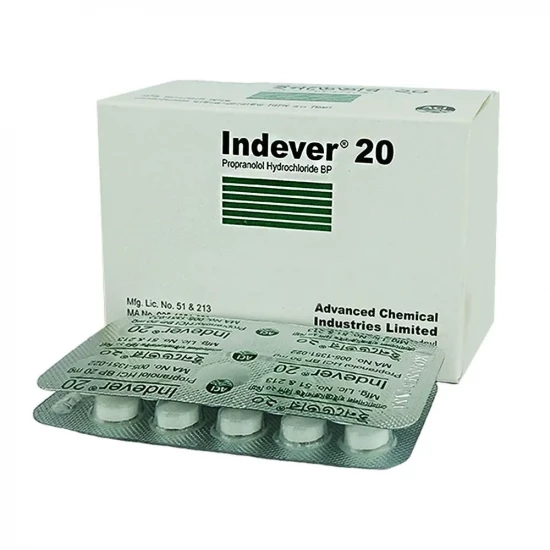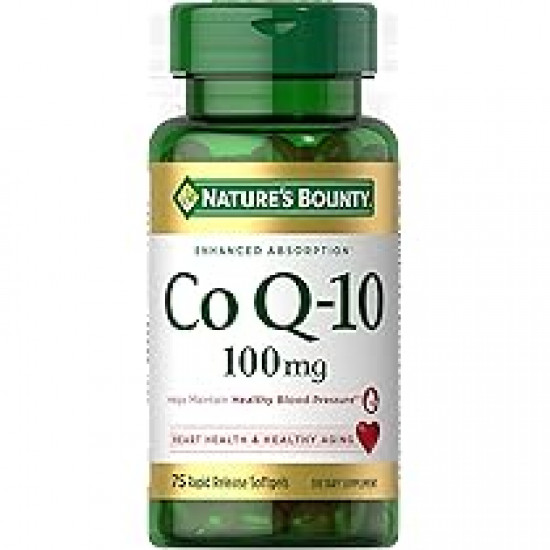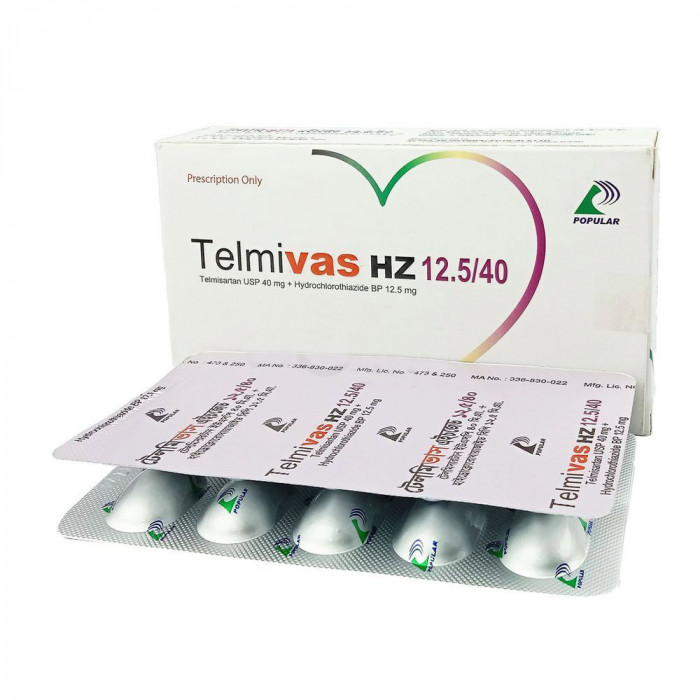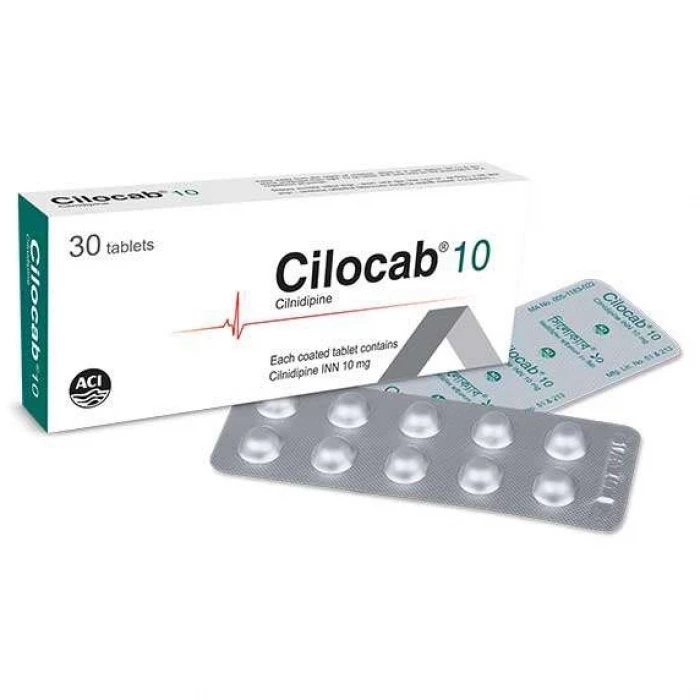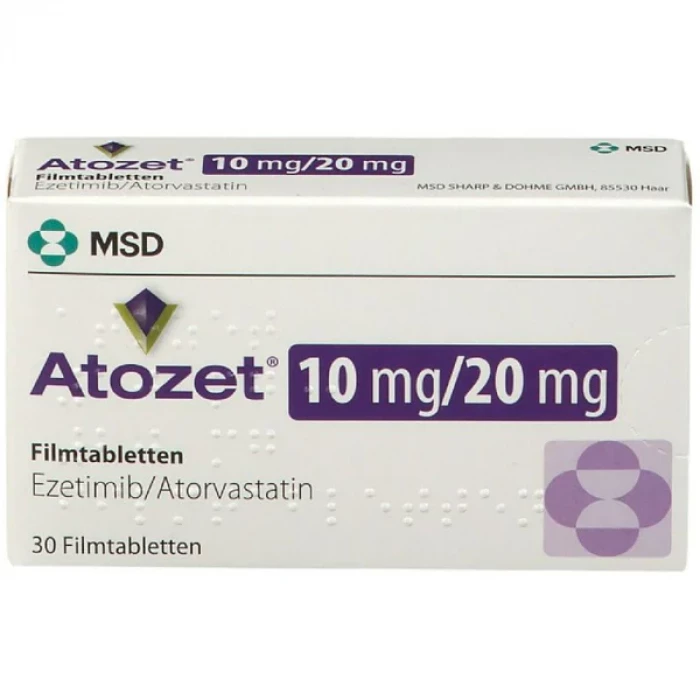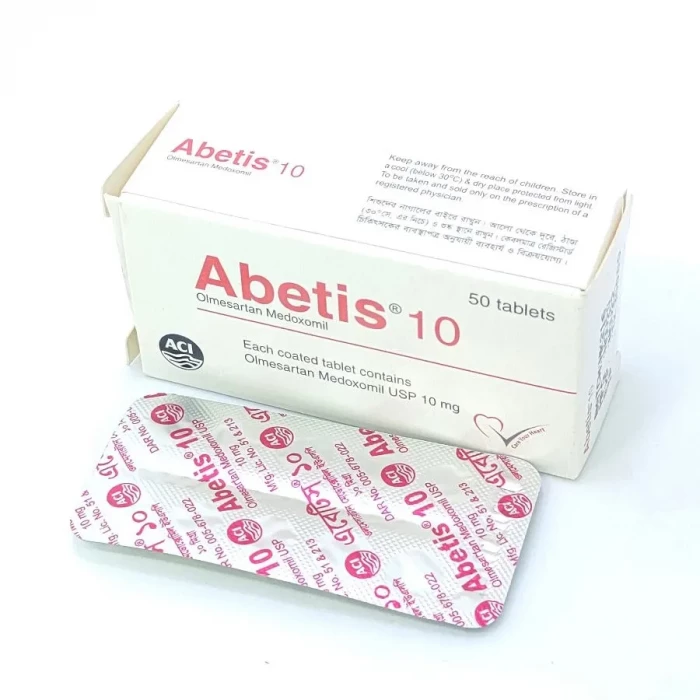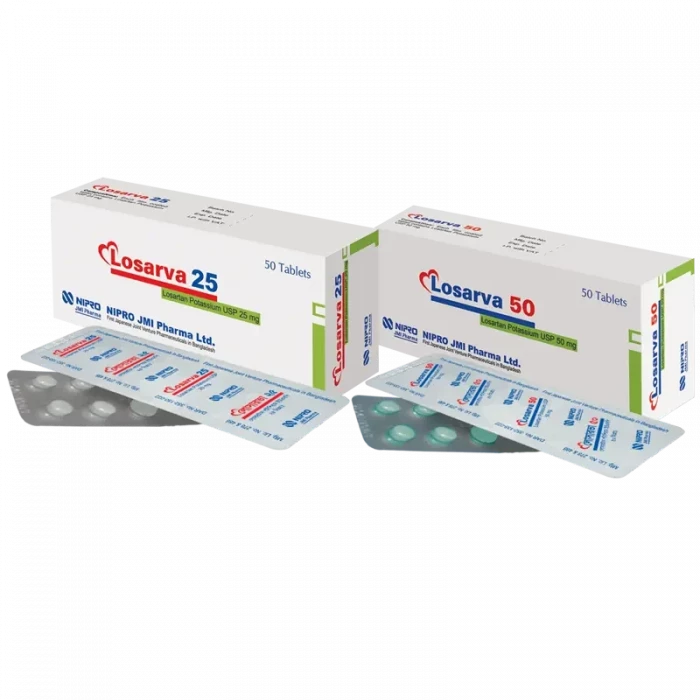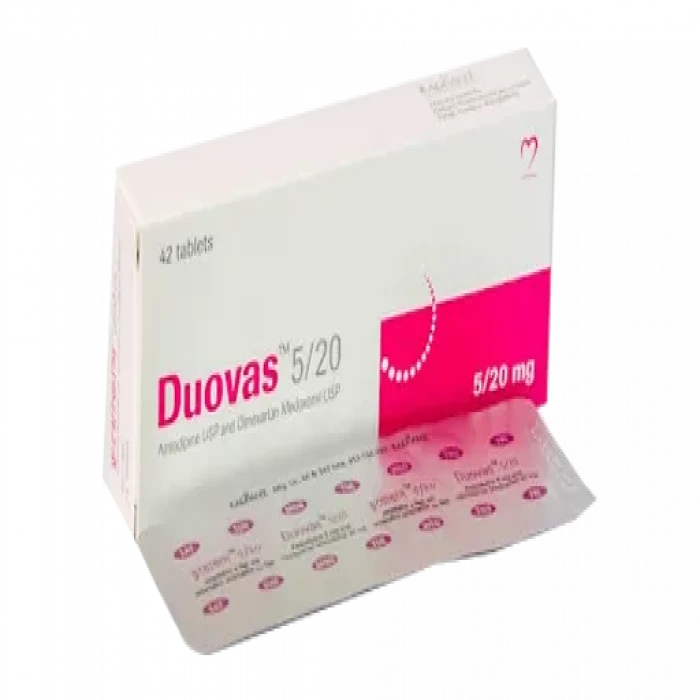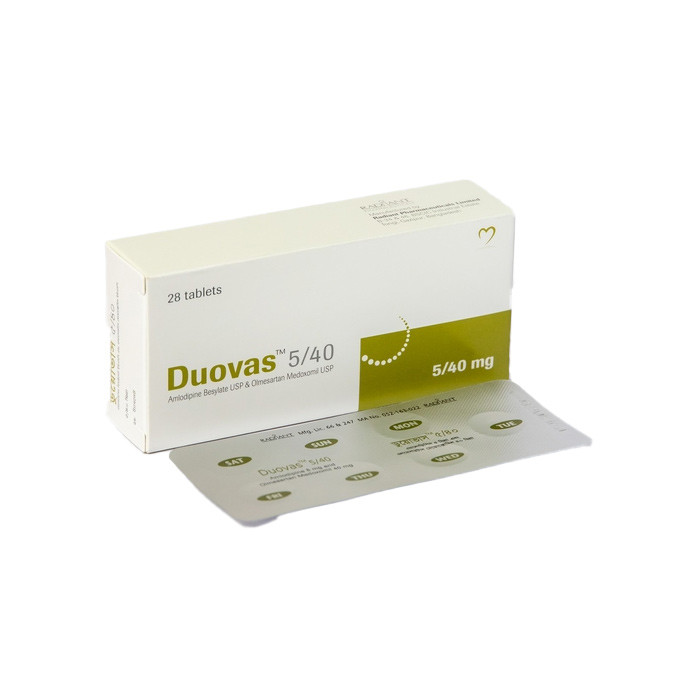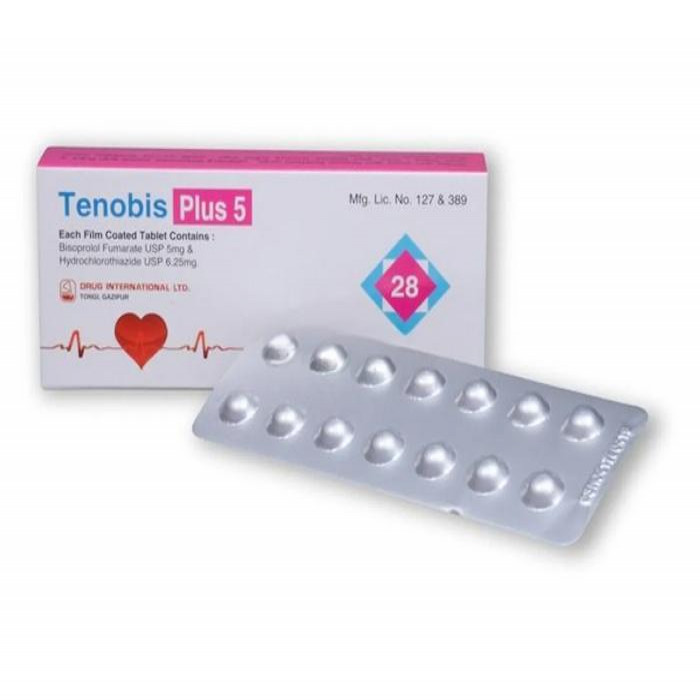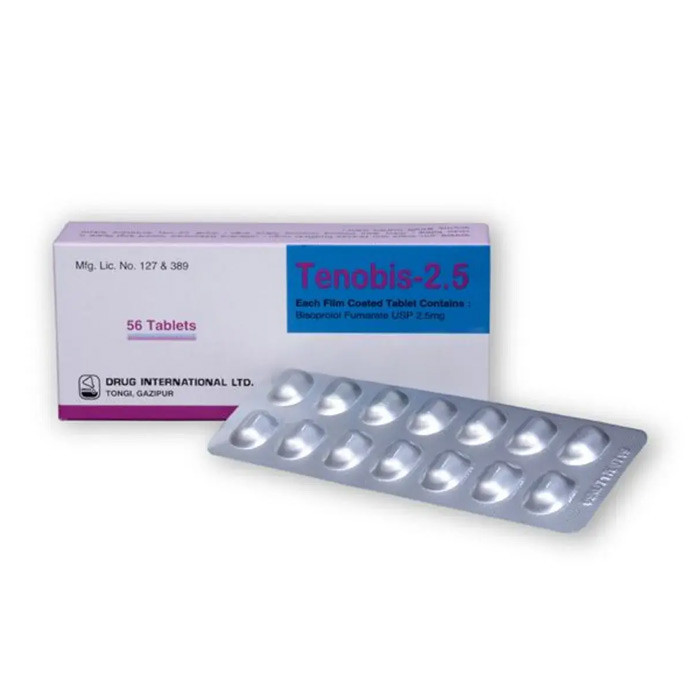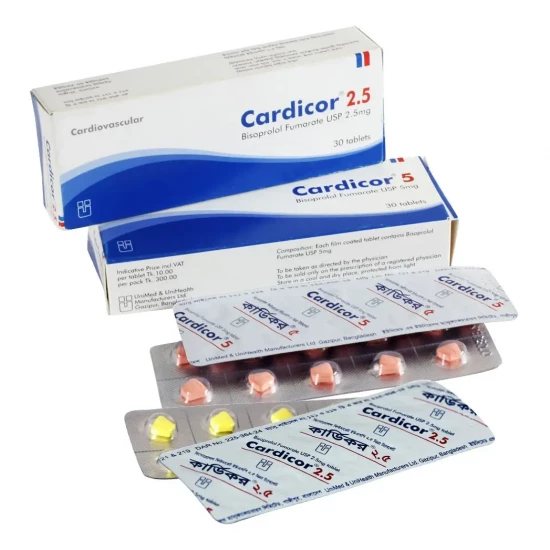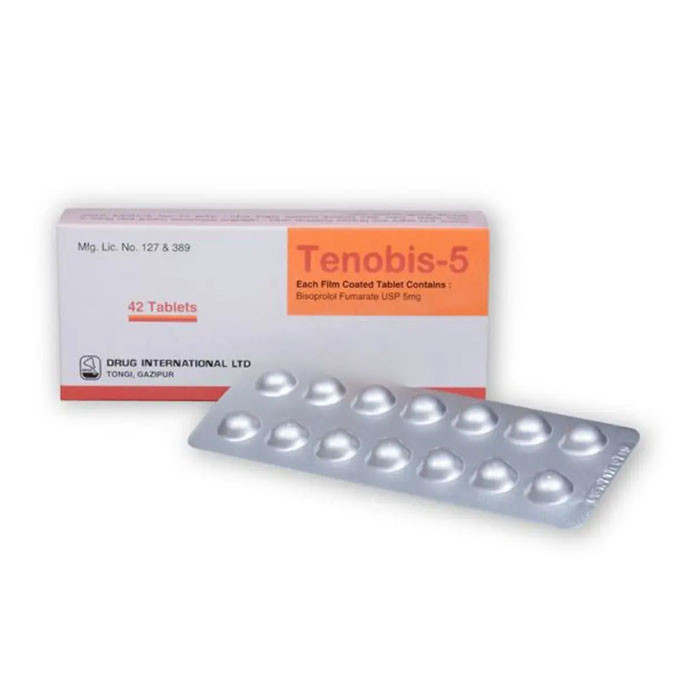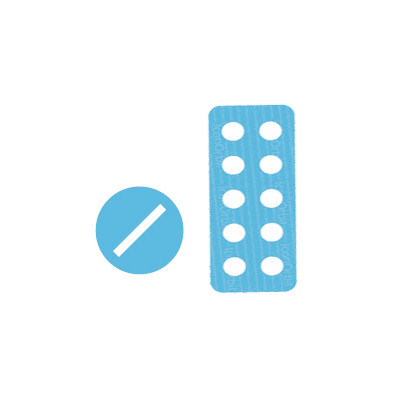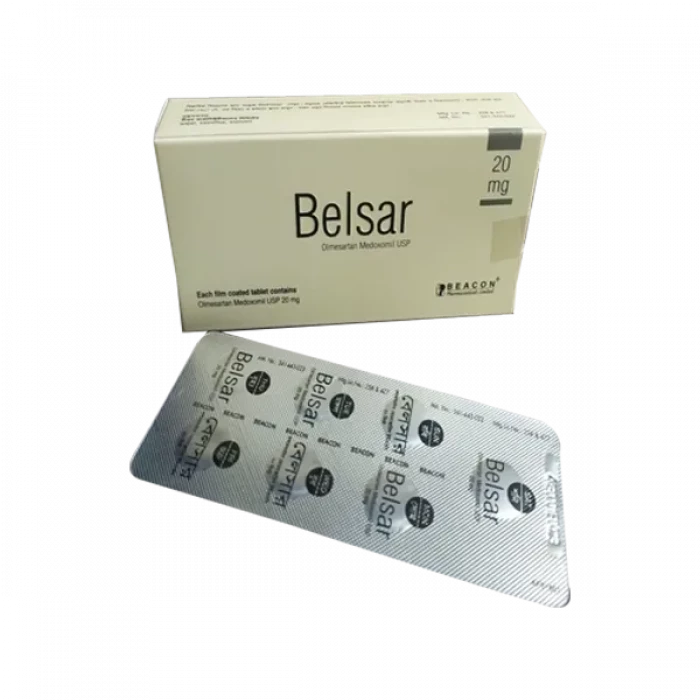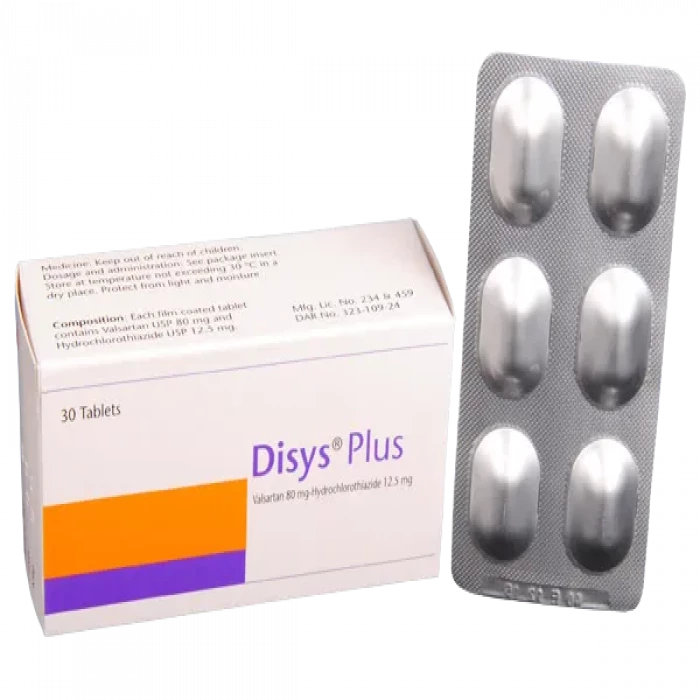
✔ 100% Authentic Product
👁️ Currently Viewing 1994
Type: Tab. Manufacturer/Distributor: Healthcare Generic Name: Valsartan INN USP 50mg + Hydrochlorothiazioe BP 12.5mg/tablet (f.c).
Discount
Price: ৳ 56
MRP:
৳
60
6%
Off

100% Genuine Products, Guaranteed

Safe & Secure Payments, Always

Fast, Secure & Efficient Delivery

Proper Packaging
 Cash on Delivery - All over Bangladesh
Cash on Delivery - All over Bangladesh Regular Delivery - 12-24 Hours, Dhaka City* Charge Tk.39-59
Regular Delivery - 12-24 Hours, Dhaka City* Charge Tk.39-59 Regular Delivery - 24-48 Hours, Other Cities* Charge Tk.99-110
Regular Delivery - 24-48 Hours, Other Cities* Charge Tk.99-110
 ফ্রি ডেলিভারিঃ - ৯৯৯ টাকা+ অর্ডারে, ঢাকা
শহরে
ফ্রি ডেলিভারিঃ - ৯৯৯ টাকা+ অর্ডারে, ঢাকা
শহরে ফ্রি ডেলিভারিঃ - ২৯৯৯ টাকা+ অর্ডারে, ঢাকার
বাহিরে
ফ্রি ডেলিভারিঃ - ২৯৯৯ টাকা+ অর্ডারে, ঢাকার
বাহিরে
100% Genuine Products, Guaranteed
Safe & Secure Payments, Always
Fast, Secure & Efficient Delivery
Proper Packaging
 Cash on Delivery - All over Bangladesh
Cash on Delivery - All over Bangladesh Regular Delivery - 12-24 Hours, Dhaka City* Charge Tk.39-59
Regular Delivery - 12-24 Hours, Dhaka City* Charge Tk.39-59 Regular Delivery - 24-48 Hours, Other Cities* Charge Tk.99-110
Regular Delivery - 24-48 Hours, Other Cities* Charge Tk.99-110 ফ্রি ডেলিভারিঃ - ৯৯৯ টাকা+ অর্ডারে, ঢাকা
শহরে
ফ্রি ডেলিভারিঃ - ৯৯৯ টাকা+ অর্ডারে, ঢাকা
শহরে ফ্রি ডেলিভারিঃ - ২৯৯৯ টাকা+ অর্ডারে, ঢাকার
বাহিরে
ফ্রি ডেলিভারিঃ - ২৯৯৯ টাকা+ অর্ডারে, ঢাকার
বাহিরে
✅ Description:
Indications
This combination is indicated for the treatment of hypertension.
Pharmacology
Valsartan is an oral medication that belongs to a class of medications called angiotensin receptor blockers (ARBs). It is a specific angiotensin II antagonist with oral activity, which acts on the AT1 subtype. Binding of angiotensin to its receptors causes the blood vessels to narrow (vasoconstriction), which leads to an increase in blood pressure (hypertension). Valsartan blocks angiotensin II receptors. By blocking the effects of angiotensin, valsartan can dilate blood vessels and lower blood pressure without affecting the pulse rate. The affinity of valsartan for the AT1 receptor is much greater than that of the AT2 receptor (about 20,000 times). It does not bind to or block other hormone receptors or ion channels that are known to be important for cardiovascular regulation.
Hydrochlorothiazide is a thiazide diuretic. Thiazides affect the renal tubular electrolyte reabsorption mechanism, directly increasing the excretion of approximately the same amount of sodium and chloride. Indirectly, the diuretic effect of hydrochlorothiazide reduces plasma volume, which increases plasma renin activity, increases aldosterone secretion, increases urinary potassium loss, and decreases serum potassium. Renal aldosterone binding is mediated by angiotensin II, so co-administration of angiotensin converting enzyme (ACE) inhibitors tends to reverse the potassium loss associated with these diuretics.
Dosage & Administration
Hypertension: A patient whose blood pressure is not controlled with Valsartan and Hydrochlorothiazide monotherapy, should switch to Valsartan and Hydrochlorothiazide combination once daily. Highest allowed dose of Valsartan should not be greater than 320 mg in combination with hydrochlorothiazide 25 mg.
For Elderly: No initial dosage adjustment is necessary for elderly patients.
Pediatric use: Safety and effectiveness in pediatric patients have not been established.
Interactions
Valsartan:
Diuretics: Patient on diuretics may occasionally experience excessive reduction in blood pressure after initiation of therapy with Valsartan. No drug interaction of clinical significance has been identified with thiazide diuretics.
Agents increasing Serum Potassium: Since Valsartan decreases the production of aldosterone, potassium supplements or salt containing potassium substitutes may lead to hyperkalemia.
Lithium Salts: As with other drugs which eliminate sodium, lithium clearance may be reduced. Therefore, serum lithium levels should be monitored carefully if lithium salts are to be administered.
Other drugs showing interaction are Warfarin, Digoxin.
Hydrochlorothiazide:
When administered concurrently, the following drugs may interact with thiazide diuretics: alcohol, barbiturates, or narcotics may potentiate antihypertensive effect or orthostatic hypotension may occur.
Antidiabetic drugs (oral agents and insulin): dosage adjustment of the antidiabetic drug may be required.
Other antihypertensive drugs give additive effect.
Cholestyramine and colestipol resins: absorption of Hydrochlorothiazide is impaired in the presence of anionic exchange resins.
Contraindications
Patients allergic to any component of this product should not use the combination of valsartan and hydrochlorothiazide. Because it contains hydrochlorothiazide, patients with anuria or allergic to other sulfonamides should not use this product.
Side Effects
The combination of valsartan and hydrochlorothiazide is generally well tolerated with few side effects. The most common side effects include headache, dizziness, fatigue, abdominal pain, cough, diarrhea, and nausea. Patients may also experience hyperkalemia, impotence, decreased kidney function, allergic reactions, dyspnea, constipation, back pain, muscle cramps, rash, anxiety, insomnia, and dizziness. Hypotension can also occur.
Pregnancy
Pregnancy: Valsartan should not be used during pregnancy because it can cause fetal injury and even death in the second and third trimester. When pregnancy is detected, valsartan should be discontinued as soon as possible.
Nursing mothers: I don't know whether valsartan is excreted from human milk. Hydrochlorothiazide is excreted in human milk.
Precautions
Impaired liver function: Because most of the valsartan is excreted in the bile, patients with mild to moderate hepatic impairment (including obstructive biliary diseases) should proceed with caution.
Impaired renal function: Because thiazides can cause azotemia, patients with pre-existing renal impairment may need to reduce the dose or discontinue the drug.
Heart failure and myocardial infarction: To be considered when initiating treatment in patients with heart failure and after myocardial infarction.
Storage Conditions
Store between 15-30° C.
⚠️Disclaimer:
At ePharma, we’re committed to providing accurate and accessible health information. However, all content is intended for informational purposes only and should not replace medical advice from a qualified physician. Please consult your healthcare provider for personalized guidance. We aim to support, not substitute, the doctor-patient relationship.




